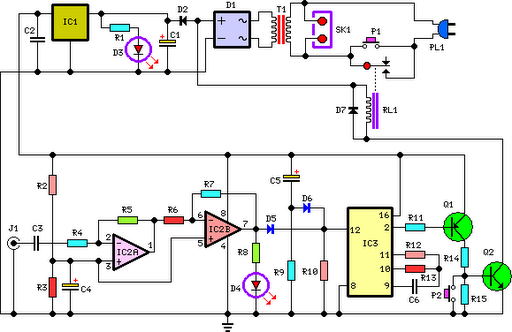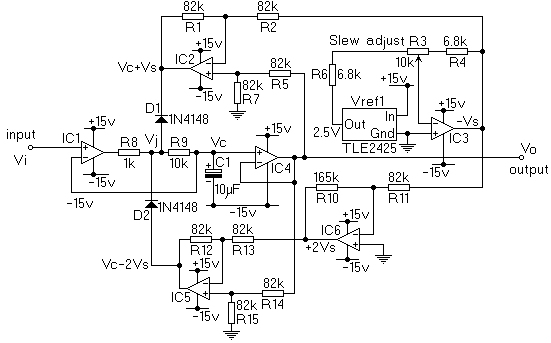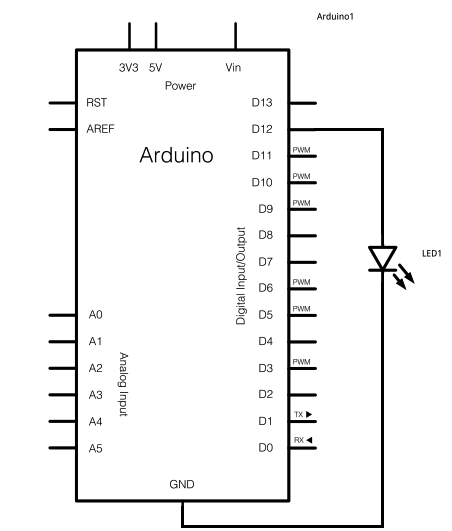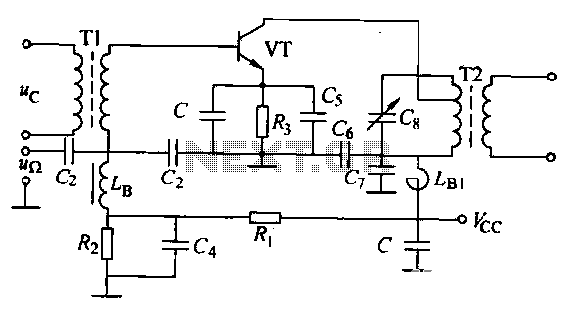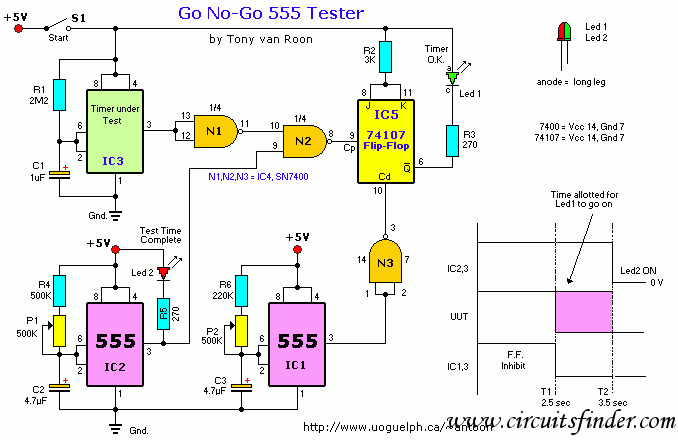
Three-phase squirrel cage motor running single phase connection circuit

The circuit connection is illustrated in figures a and b. In figure a, a star-shaped winding is used with shunt capacitance, while figure b depicts a triangular winding with capacitance connected in parallel. The working capacitance (Cc) is calculated using the formula: C = 19501Ucos(µ), where C represents the working capacitance in farads (F), I is the rated current in amperes (A), U is the single-phase rated voltage in volts (V), and cos(µ) is the power factor.
The circuit design incorporates two distinct winding configurations: star and triangular. The star-shaped winding in figure a is beneficial for applications requiring higher voltage and lower current, as it allows for a more balanced load distribution across the phases. The shunt capacitance associated with this configuration helps in power factor correction, improving the overall efficiency of the system by minimizing reactive power.
In contrast, the triangular winding shown in figure b is advantageous for applications that demand higher current capabilities. The parallel connection of capacitance in this configuration serves to enhance the system's ability to handle reactive loads, thereby stabilizing voltage levels and improving performance under varying load conditions.
The working capacitance (Cc) is a critical parameter in both configurations, as it directly influences the performance of the circuit. The formula provided for calculating capacitance takes into account the rated current, voltage, and the power factor, which is essential for determining the effective capacitance required for optimal circuit operation. Understanding the interplay between these variables allows for precise tuning of the circuit to meet specific operational requirements, ensuring reliability and efficiency in power delivery.
In summary, the circuit connection described utilizes both star and triangular winding configurations, each with its respective capacitance arrangements, to enhance performance and efficiency in electrical systems. The calculation of working capacitance is essential for optimizing the circuit's functionality, ensuring that it operates effectively within its designed parameters. Circuit connection as shown in a, b, in which a star-shaped FIG winding shunt capacitance of the connection, Fig. B triangular winding capacitance in parallel connection. FIG W orking capacitance cc capacity is calculated by the following formula: C 19501Ucos µ. Where C is the capacitance of the work ( F); I is the rated current (A); U single-phase rated voltage (v); cos µ into work rate factor.
The circuit design incorporates two distinct winding configurations: star and triangular. The star-shaped winding in figure a is beneficial for applications requiring higher voltage and lower current, as it allows for a more balanced load distribution across the phases. The shunt capacitance associated with this configuration helps in power factor correction, improving the overall efficiency of the system by minimizing reactive power.
In contrast, the triangular winding shown in figure b is advantageous for applications that demand higher current capabilities. The parallel connection of capacitance in this configuration serves to enhance the system's ability to handle reactive loads, thereby stabilizing voltage levels and improving performance under varying load conditions.
The working capacitance (Cc) is a critical parameter in both configurations, as it directly influences the performance of the circuit. The formula provided for calculating capacitance takes into account the rated current, voltage, and the power factor, which is essential for determining the effective capacitance required for optimal circuit operation. Understanding the interplay between these variables allows for precise tuning of the circuit to meet specific operational requirements, ensuring reliability and efficiency in power delivery.
In summary, the circuit connection described utilizes both star and triangular winding configurations, each with its respective capacitance arrangements, to enhance performance and efficiency in electrical systems. The calculation of working capacitance is essential for optimizing the circuit's functionality, ensuring that it operates effectively within its designed parameters. Circuit connection as shown in a, b, in which a star-shaped FIG winding shunt capacitance of the connection, Fig. B triangular winding capacitance in parallel connection. FIG W orking capacitance cc capacity is calculated by the following formula: C 19501Ucos µ. Where C is the capacitance of the work ( F); I is the rated current (A); U single-phase rated voltage (v); cos µ into work rate factor.
